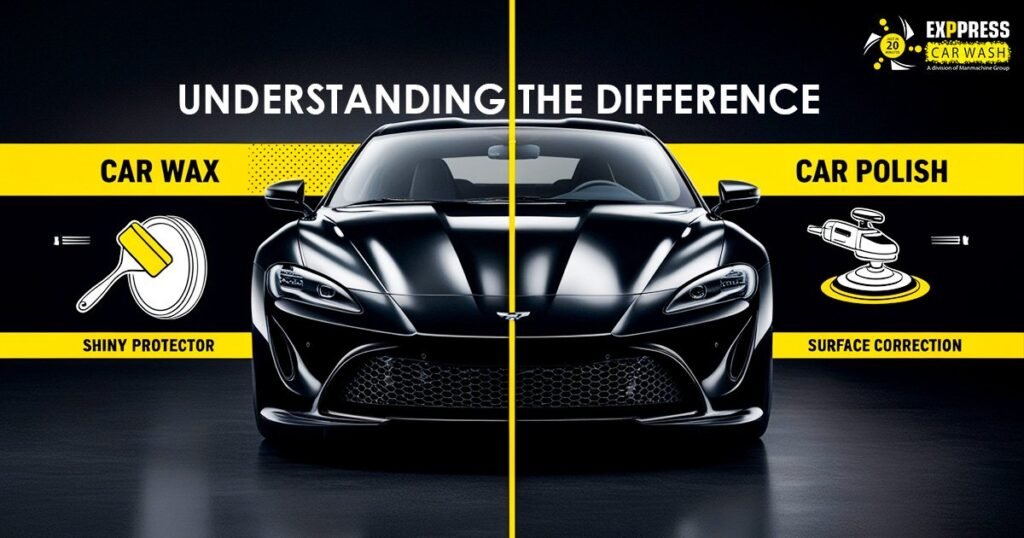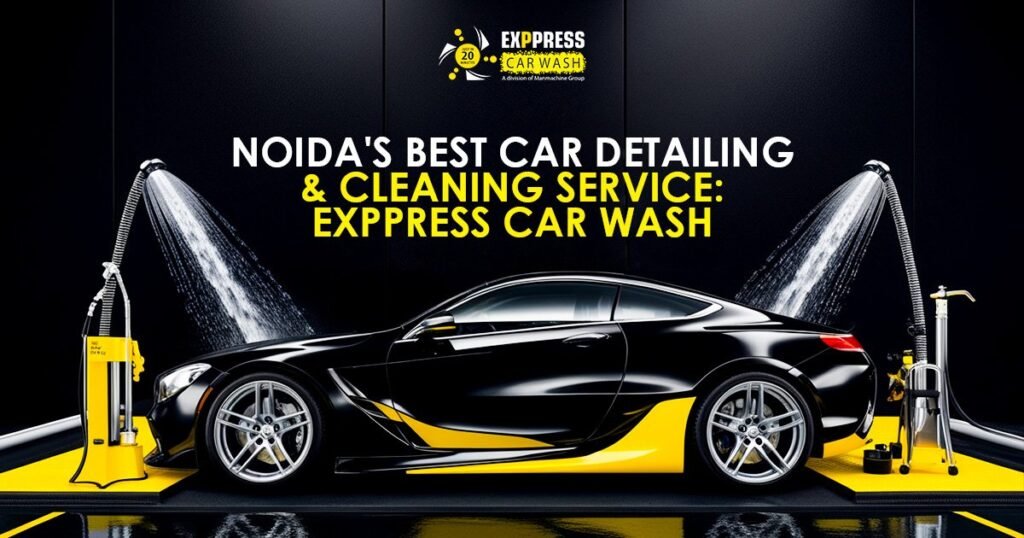
The car wash industry is one that has seen substantial growth over the years, driven by an increasing number of car owners seeking convenient and efficient ways to keep their vehicles clean. From manual car washes with high-pressure washers to fully automated systems, the car wash business has evolved to cater to a diverse range of customers.
In this blog, we will explore the different types of car wash businesses, delve into the crucial factors affecting profitability, and provide insights into forecasting profits, determining break-even points, and strategies to boost profits.
What are the Different Types of Car Wash Business?
– Manual Car Washes with High-Pressure Washers
Manual car washes, often equipped with high-pressure washers, are a traditional yet popular choice for car owners who prefer a hands-on approach to cleaning. These businesses typically require a dedicated workforce to manually wash and dry vehicles. The initial investment for manual car washes can vary based on location, equipment quality, and amenities offered.
A car detailing franchise allows entrepreneurs to enter the automotive service industry with the support of a proven brand. Franchisees benefit from expert training, access to high-quality products, and operational support, enabling them to offer premium services like paint correction and interior restoration. This business model reduces startup risks and helps build customer loyalty, making it an ideal choice for those passionate about vehicle care.
– Automatic Car Washes:
Automatic car washes have gained significant traction due to their convenience and efficiency. These establishments use automated systems, such as conveyor belts and rotating brushes, to clean vehicles without manual intervention. The initial investment for an automatic car wash tends to be higher than manual setups, primarily due to the cost of advanced machinery.
Cost per Car: The Biggest Factor in a Car Wash Business
The cost per car is a critical factor influencing the profitability of a car wash business. It encompasses various expenses, including water, electricity, cleaning agents, equipment maintenance, labor, and overhead costs. Striking a balance between providing quality service and managing costs efficiently is key to sustaining a profitable car wash business.
What is the Average Turnover for a Car Wash Business?
The turnover of a car wash business depends on several factors, including location, customer base, marketing strategies, and the range of services offered. On average, a well-established car wash can generate an annual turnover ranging from 4 Lakhs to 5 Lakhs or more. However, these figures can vary significantly based on the aforementioned factors.
What is the Average Profit Margin for a Car Wash Business?
The average profit margin in the car wash industry typically ranges from 35% to 60%. This margin can be influenced by factors such as pricing strategy, operational efficiency, and customer retention. While automatic car washes may have higher initial costs, they often boast better profit margins due to their ability to serve more customers in a shorter time frame.
How Much Does It Cost to Run a Car Wash Business?
The operational costs of a car wash business depend on its size, location, and the services provided. On average, the monthly operational costs for a medium-sized car wash can range from $5,000 to $15,000. These costs include utilities, employee wages, cleaning supplies, equipment maintenance, and other miscellaneous expenses.
How to Forecast Profits for a Car Wash Business?
Forecasting Revenue: To forecast revenue, consider factors such as the number of cars serviced per day, pricing strategy, and the seasonality of the business. Analyzing historical data and market trends can help make accurate revenue projections.
Forecasting Expenses: Accurately forecasting expenses involves accounting for fixed and variable costs. Fixed costs include rent, utilities, and insurance, while variable costs encompass labor, cleaning supplies, and equipment maintenance. Regularly reviewing and adjusting expense forecasts ensures financial stability.
Calculating Profits: Profits are calculated by subtracting total expenses from revenue. Monitoring and analyzing profit margins over time helps identify areas for improvement and optimization.
What is the Break-Even Point for a Car Wash Business?
The break-even point is the juncture at which total revenue equals total expenses, resulting in neither profit nor loss. Calculating the break-even point involves dividing fixed costs by the contribution margin (revenue per car minus variable costs per car). Understanding the break-even point is crucial for establishing pricing strategies and setting realistic business goals.
How to Increase Profits for a Car Wash Business?
Expand Service Offerings: Diversifying services, such as offering premium detailing packages or eco-friendly options, can attract a broader customer base and increase revenue.
Implement Loyalty Programs: Rewarding repeat customers through loyalty programs encourages customer retention and boosts overall profitability.
Invest in Marketing: Strategic marketing initiatives, both online and offline, can enhance visibility and attract new customers. Social media promotions, discounts, and partnerships can contribute to increased footfall.
Optimize Operations: Efficiently managing resources, streamlining workflows, and investing in advanced technology can reduce operational costs and increase overall profitability.
Conclusion
In conclusion, the profitability of a car wash business is influenced by various factors, including the type of car wash, location, operational efficiency, and marketing strategies. Owners must carefully assess costs, forecast revenue, and continuously evaluate and optimize their operations to thrive in this competitive industry.
By understanding the nuances of the car wash business and implementing strategic measures, entrepreneurs can navigate challenges and unlock the full profit potential of their ventures.
Visit Exppress Car Wash’s official website at https://exppresscarwash.com/ or call us at +91-80-100-44-000


